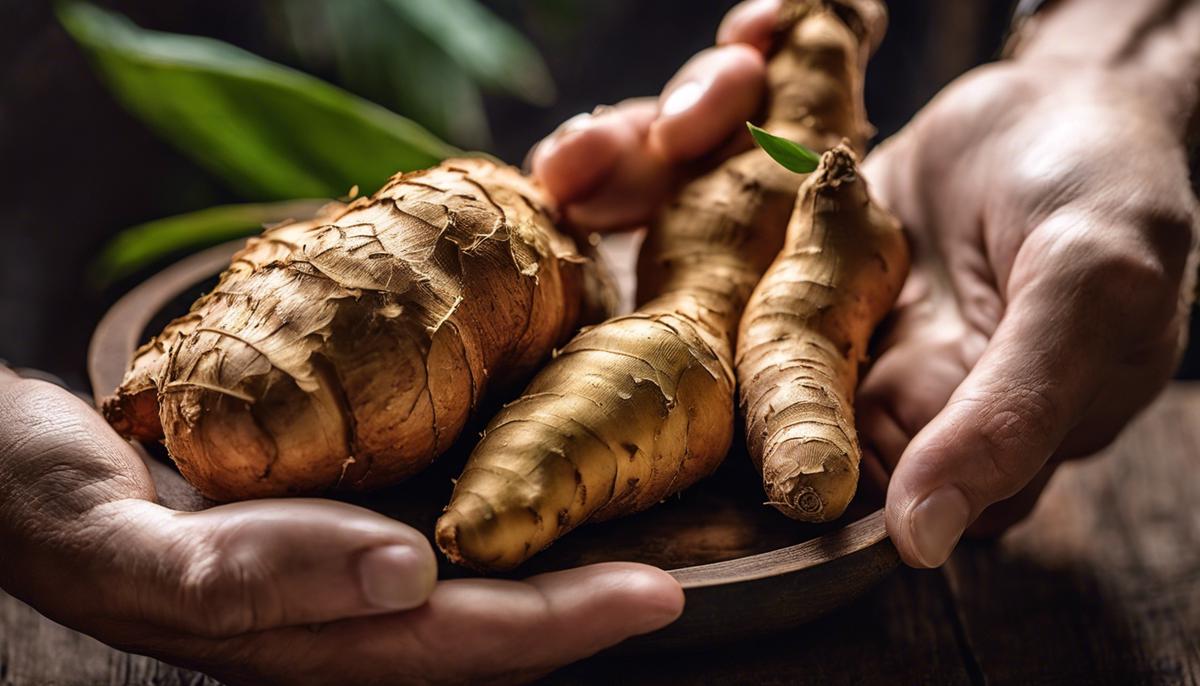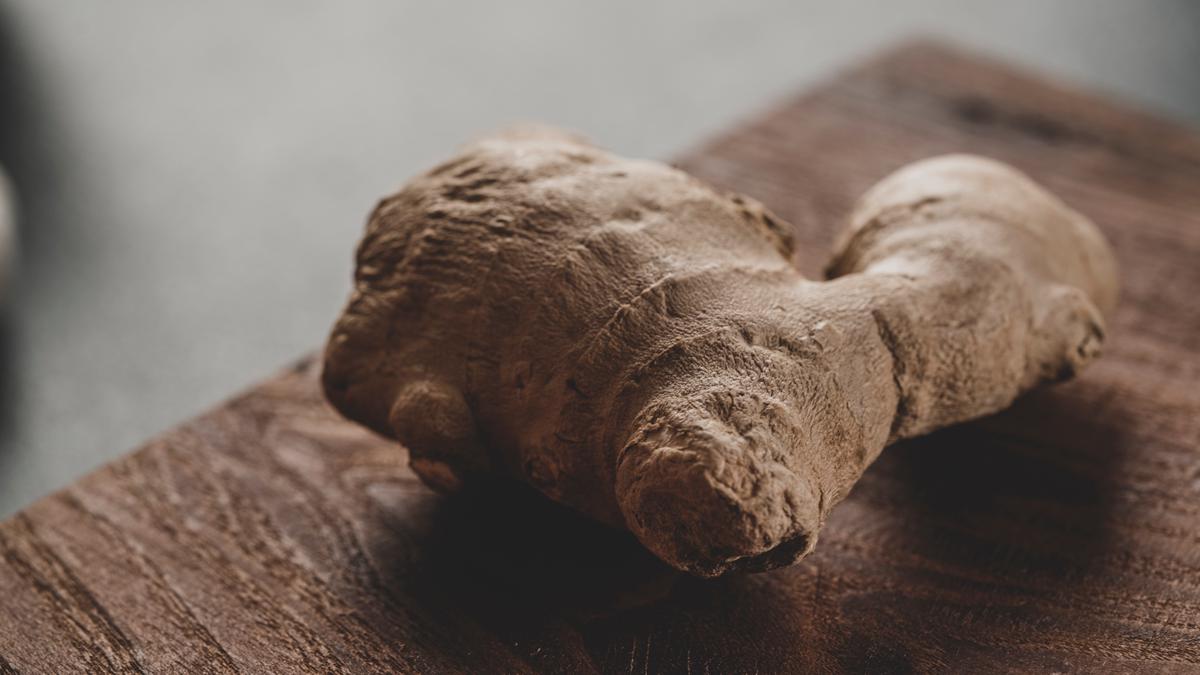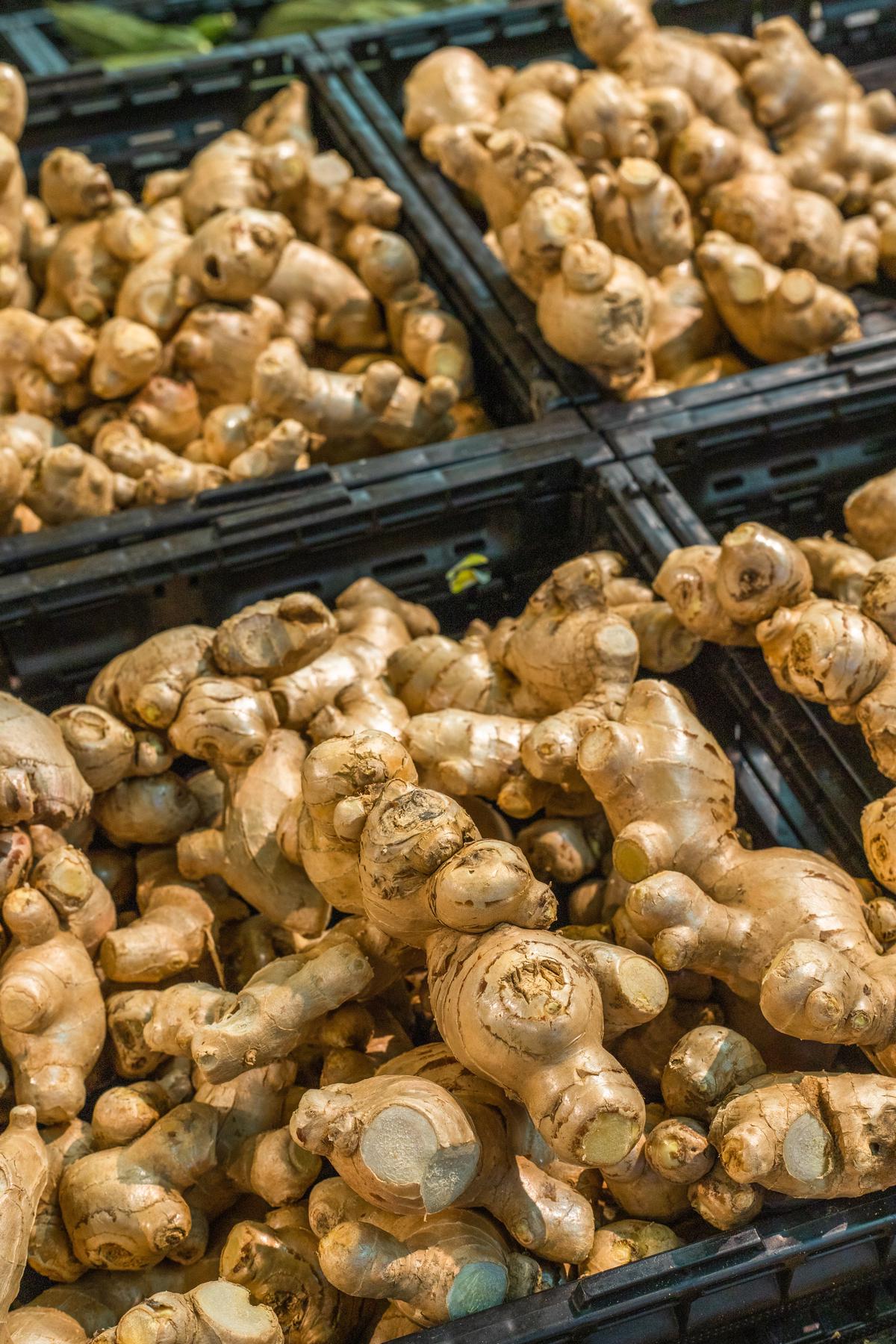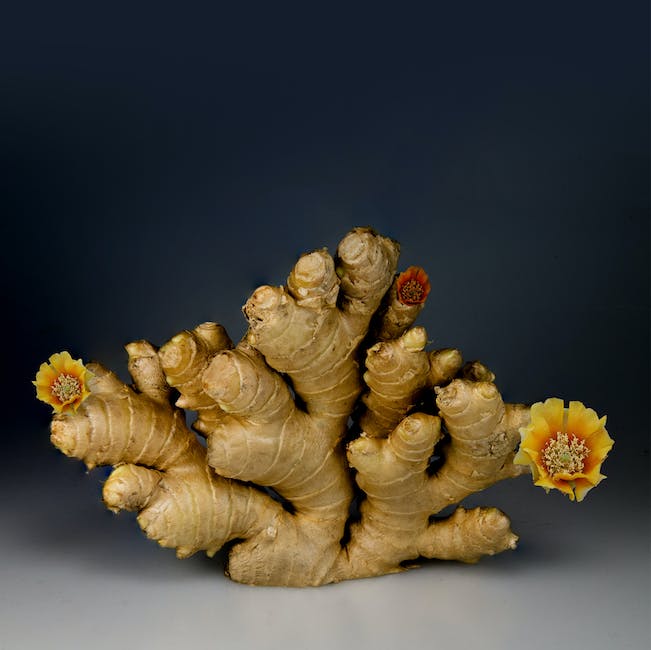Guide to Planting Ginger in a Pot

Embarking on the journey of growing your own ginger can be an exciting and fulfilling endeavor. While it may seem daunting at first, the process of selecting the appropriate variety of ginger and the right container, to the act of planting and caring for your ginger plant, is as straightforward as it is satisfying. This comprehensive guide will walk you through the preliminary step of selecting a healthy, plump ginger root from the store and finding a shallow and wide pot—since ginger tends to grow horizontally. It then leads you to the step-by-step process of how to effectively prepare and plant your ginger root.
Choosing the Right Ginger and Pot
Picking the Perfect Ginger and Pot: A Comprehensive Guide
First and foremost, it’s vital to remember that all ginger isn’t created equal. So, whether you’re a novice at ginger planting or a seasoned pro, the type of ginger you choose has a profound impact on the final outcome. Equally important is your choice of pot for nurturing this potent culinary and medicinal root. Here’s the down-low on how to figure out the best picks!
Let’s begin with the ginger root itself. Look for healthy, plump rhizomes. Organic ginger from the grocery store could work, but the real gem resides in seed ginger commercially available at local garden centers or online. These specimens are disease-free, reliably sprouted, and tailored to grow with gusto. Among the large variety of gingers, Zingiber officinale – also known as culinary ginger – is a great beginner-friendly pick due to its simple growth and care needs.
Next, notice the “eyes” on the ginger, similar to those on a potato. These are the growing sites of the ginger plant. A strong rhizome should have multiple fresh, budding eyes. Remember, the fresher the rhizome, the faster it will sprout!
Now let’s talk pots. It’s no secret that ginger loves warmth and humidity, but it also requires a pot with a wide berth for its shallow roots. The pot size may vary based on the size of the rhizome you’re planting, but generally, a 14-inch pot can accommodate one rhizome perfect for a beginner gardener.
When choosing the pot material, plastic and ceramic pots both have their merits. While plastic pots are economical and lightweight, ceramic pots are more stable and less likely to topple under the weight of a mature ginger plant. But there’s a catch! Ceramic pots can be heavy, which might not make them the best pick if you plan on moving the pot around.
Irrespective of the pot’s material, make sure it has enough drainage holes. Illy-drained pots have high moisture retention, which is detrimental to ginger roots.
Now let’s circle back to pot size. The reason for choosing a pot with a large diameter is due to ginger’s growth habits. When planted, ginger spreads horizontally. Hence, the wide pot allows ample space for the ginger to flourish. What about the depth of the pot, you ask? A shallow pot, about a foot deep, would do just fine!
Choosing the right ginger and pot can make or break your gardening experience. Prioritizing fresh, healthy rhizomes and roomy, well-drained pots not only streamline your gardening journey but also ensure you’re rewarded with a robust and aromatic ginger harvest at the end of the growing season.
Tended with care and cultivated with knowledge, your ginger plant will provide you with a sprawling green sight and a kitchen full of spice for months to come. So, grab your gardening gloves and make the right choices. After all, your green thumb deserves the best! The world of ginger gardening awaits! Let’s grow uncharted, folks.

Photo by faran_raufi on Unsplash
Preparing and Planting the Ginger
The Art of Ginger Cultivation: Nurturing your Self-grown Spice
So this is it. A step into the riveting world of ginger cultivation. Ready to dive in? Grab your gloves, fertile soil, and longing for a self-grown spice because you’re in for a sprouting journey.
Now that you’re armed with knowledge about the type of ginger to choose and the various characteristics of a healthy ginger rhizome, let’s dive into the nitty-gritty. The soil is your new best friend. Make sure to choose a soil that is rich, well-draining, and preferably slight acidic, with a pH that falls between 6 and 6.5. The soil will dictate the health and development of the ginger plant, so always give importance to this crucial element.
Another key aspect when dealing with ginger plants is lighting. These plants love indirect or filtered sunlight rather than direct, harsh rays. A location by a north or east-facing window is ideal for indoor plants. For outdoor plants, the landmark rule is to avoid regional afternoon sun exposure, providing your spice-herb with morning light instead.
Understanding the planting process is also essential for ginger cultivation. A small piece of the ginger rhizome, about 1 to 2 inches, is usually enough to start with. But don’t be hasty and leave no room for strategic cuts. The individual pieces should each have at least one “eye,” a small protruding bud that will sprout. Too many eyes mean competing shoots, so keep your sights on minimalism here.
Watering appropriately can be a balancing act when cultivating ginger. Ample hydration is required, especially during growing periods, yet over-watering introduces the risk of rot. Hence, the wisdom suggests watering lightly until the sprouts appear and slightly increasing the watering once the growth is established.
Now that the planting essentials are covered, choosing the right type of fertilization comes in. Opting for a slow-release, all-purpose organic fertilizer is favored by experts. Apply this every few weeks during the growing period to give your plant a nutrient boost. But remember, less is more – it wouldn’t hurt to not overfeed the ginger.
The average time it takes for ginger plants to be ready for harvest is roughly 8 to 10 months. Feeling impatient? Fear not. Small amounts of ginger may be harvested carefully without harming the plant after only a few months. Remember, the reward here goes beyond the homegrown ginger. It celebrates patience, nurturing, and the triumph of turning a tiny rhizome into a flourishing plant.
At the end of it all, every hobbyist will acknowledge the satisfaction of nurturing their very own fresh, fragrant ginger. A spice revered worldwide for its unique flavor and formidably medicinal properties, grown, harvested, and enjoyed fresh from the home plot – it doesn’t get better than this. Keep these pointers in mind, and you’re well on your way toward nurturing a plant as unique and flavorful as the hobby itself. Now, get growing, and unlock the door to an unmatched self-cultivating experience! Happy Gardening!

Photo by mitchel3uo on Unsplash
Caring for Your Ginger Plant
Soil Quality and pH Levels: The Ideal Environment for Ginger
In the vibrant journey of nurturing your ginger plant, giving pertinence to soil quality is paramount! A rich, loamy soil will do wonder for your ginger plant; it ensures the roots get ample nutrients, thereby promoting its growth. The soil should have a pH range of 6.0 to 6.5 for optimal growth. A soil pH tester can be obtained from garden stores to ensure acidity levels are suitable for the ginger to thrive.
Illuminate Your Ginger Life: Lighting Essentials
Ginger plants venerate the light but, surprisingly, not too direct–they’re sensitive like that. These radiant tropical plants prefer filtered sunlight as opposed to direct, scorching sunlight that can hurt them more than nurture them. Aim for a few hours of indirect light each day and your ginger will be positively glowing!
Conducive Planting Conditions: Strategic Rhizome Cuts
Serving as the plant’s powerhouse, ginger rhizomes deserve a special mention. To maximize the growth potential of each piece of rhizome, ensure it has at least one eye (the small points from where growths sprout). Cutting the rhizome into smaller pieces, each with an eye, can help to increase yields dramatically.
Strike a Balance: Understanding Watering Needs
Overwatering is the bane of many garden enthusiasts and even more so for the ginger plant aficionados amongst us. Ginger plants enjoy moist soil but detest waterlogging. Striking a balance is crucial. A good rule of thumb is to water regularly enough to keep the soil consistently moist, not soggy.
Fertilizer Applications: Nourish to Flourish
Selecting a fertilizer that is high in potassium and phosphorus would be beneficial for your ginger plant. Also, incorporating slow-releasing organic compost is synonymous with a long-term nutrient supply. Applications should be done once every two weeks to foster growth.
Harvest Time: Harvesting Your Ginger Plants
This moment is undeniably one of the pinnacles in the journey of ginger cultivation. After eight to ten months, your ginger plant will be mature and ready for harvest. The leaves of the ginger plant will start to die back, which signals the optimum harvest time. Small pieces can be cut off as and when needed, ensuring you always have fresh ginger on hand!
Growing your own ginger not only provides a steady supply of this versatile herb, but also adds a delightful touch of tropical charm to your home or garden. It is truly a gratifying experience that goes beyond just culinary gains. Enjoy the process and embrace the satisfaction of this fruitful hobby!

Undoubtedly, successfully growing a ginger plant in a pot is an achievable venture for everyone from seasoned gardeners to beginners. This essay guided you from the initial steps of selecting the right ginger root and the suitable pot, to preparation and planting, and then onto the ongoing care necessary to maintain a healthy plant. By providing the ginger plant with moist but not waterlogged conditions, indirect light, and regular feedings, you will soon enjoy the fruits of your labor. Start your ginger planting journey today and connect with nature right at the convenience of your home.



